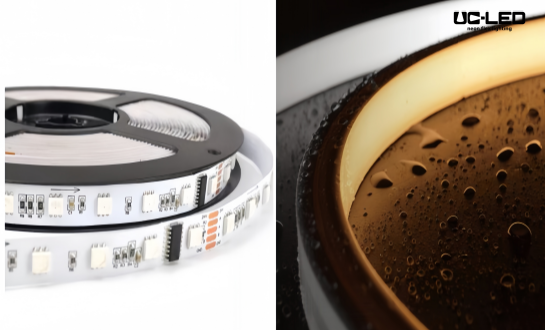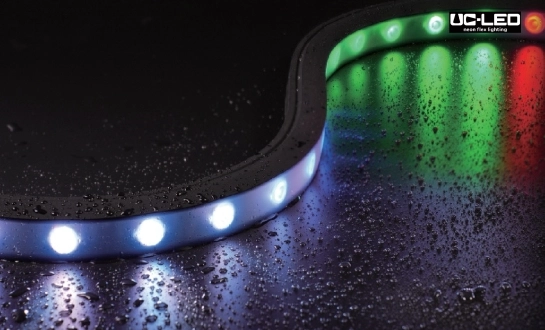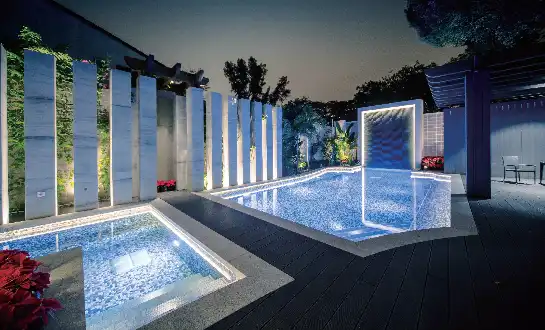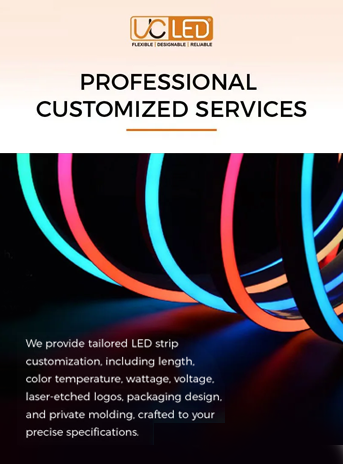Upgrade Your Space with Smart Architectural Lighting Systems
Smart architectural lighting systems are revolutionizing the way we illuminate our spaces, transforming ordinary buildings into captivating works of art. These innovative solutions blend cutting-edge technology with aesthetic design, allowing for dynamic control over light intensity, color, and distribution. By integrating smart architectural illumination, property owners can enhance the visual appeal of their structures, improve energy efficiency, and create adaptable environments that respond to changing needs. From commercial buildings to residential homes, these systems offer a versatile approach to lighting that can dramatically elevate the ambiance and functionality of any space.

The Evolution of Architectural Illumination
From Static to Dynamic: The Journey of Lighting Design
Architectural illumination has come a long way from its humble beginnings. In the past, lighting was primarily functional, serving the basic need for visibility. However, as technology advanced, so did the possibilities for creative lighting solutions. The introduction of LED technology marked a significant turning point, offering unprecedented control over light output and energy consumption.
Today's smart architectural lighting systems represent the pinnacle of this evolution. These sophisticated setups allow for real-time adjustments, programmable scenes, and even integration with other smart building systems. The result is a more nuanced approach to illumination that can adapt to different times of day, seasons, or specific events, enhancing the overall experience of a space.
The Impact of Smart Lighting on Building Design
Smart architectural illumination has profoundly influenced modern building design. Architects and designers now consider lighting as an integral part of the structure rather than an afterthought. This shift has led to more holistic approaches in architecture, where the interplay between light and form is carefully orchestrated to create stunning visual effects.
Buildings equipped with smart lighting systems can change their appearance dramatically, from subtle mood lighting to bold, attention-grabbing displays. This flexibility allows structures to serve multiple purposes and adapt to various contexts, effectively extending their functional lifespan and increasing their value.
Key Components of Smart Architectural Lighting Systems
Advanced LED Technology
At the heart of smart architectural lighting systems are advanced LED fixtures. These energy-efficient light sources offer unparalleled versatility in terms of color temperature, brightness, and directionality. Modern LEDs can produce a wide spectrum of colors and can be dimmed smoothly, allowing for precise control over the lighting environment.
Innovations like the 3030 White, 3030RGB, and 3030(2-in-1) LED types have expanded the possibilities for architectural illumination. These high-performance LEDs provide excellent color rendering and can be seamlessly integrated into various lighting fixtures, including flexible LED strips and wall washers.
Intelligent Control Systems
The "smart" in smart architectural lighting comes from sophisticated control systems. These typically include centralized management platforms that allow users to program and adjust lighting settings across an entire building or complex. Many systems support both constant voltage (CV) and DMX512 control modes, offering flexibility in implementation and operation.
Advanced control systems can incorporate sensors to detect ambient light levels, occupancy, and even weather conditions. This data is used to automatically adjust lighting settings, optimizing energy usage and creating comfortable environments for occupants.
Networking and Integration Capabilities
Modern architectural illumination systems are designed to be part of a larger ecosystem of smart building technologies. They can be integrated with building management systems (BMS), HVAC controls, and security systems to create a cohesive and efficient building environment.
Networking capabilities allow for remote monitoring and control, enabling facility managers to oversee lighting operations from anywhere. This connectivity also facilitates data collection and analysis, providing valuable insights into energy usage patterns and potential areas for optimization.
Implementing Smart Architectural Lighting: Best Practices and Considerations
Planning and Design
Successful implementation of smart architectural lighting begins with thorough planning. This involves understanding the specific needs of the space, the desired aesthetic outcomes, and the functional requirements. Considerations should include the building's architecture, its surroundings, and how the lighting will interact with natural light throughout the day.
Working with experienced lighting designers and integrators is crucial during this phase. They can help develop a comprehensive lighting plan that addresses both practical and artistic aspects of architectural illumination. This may involve creating detailed 3D models and simulations to visualize the lighting effects before installation.
Selection of Appropriate Fixtures and Components
Choosing the right lighting fixtures is essential for achieving the desired effects and ensuring long-term performance. Factors to consider include:
- LED quality and specifications (e.g., color temperature range, CRI, lumen output)
- Fixture durability and IP rating for outdoor applications
- Compatibility with control systems
- Energy efficiency and lifespan
- Mounting options and ease of installation
For example, flexible LED wall washers with IP67 ratings and customizable lengths up to 5 meters per piece offer versatility for various architectural applications. The ability to choose between different LED types (e.g., 3030 White, 3030RGB) allows for tailored solutions that meet specific project requirements.
Installation and Commissioning
Proper installation is critical for the performance and longevity of smart architectural lighting systems. This often requires specialized expertise, particularly for complex setups involving multiple control zones or integration with other building systems. Key considerations during installation include:
- Proper wiring and power distribution
- Precise fixture placement and aiming
- Weatherproofing for outdoor installations
- Programming of control systems and interfaces
After installation, a thorough commissioning process is essential to ensure all components are functioning correctly and the system is optimized for its intended use. This may involve fine-tuning lighting scenes, setting up automated schedules, and training facility staff on system operation.
Maintenance and Future-Proofing
While LED-based smart lighting systems generally require less maintenance than traditional lighting, regular upkeep is still important. This includes periodic cleaning of fixtures, checking for any signs of wear or damage, and updating control system software.
Future-proofing should also be considered during implementation. Choosing systems with open standards and compatibility with emerging technologies can ensure the lighting system remains relevant and functional for years to come. Some manufacturers offer warranties of up to 3 years on their products, providing peace of mind and protection for your investment.
Conclusion
Smart architectural lighting systems represent a significant leap forward in the field of architectural illumination. By combining advanced LED technology with intelligent control systems, these solutions offer unprecedented flexibility, efficiency, and creative potential. Whether applied to commercial buildings, cultural landmarks, or residential spaces, smart lighting can transform the way we experience and interact with our built environment.
As technology continues to evolve, we can expect even more innovative applications of smart architectural lighting. From biodynamic lighting that supports human health and well-being to systems that respond to real-time data inputs, the future of architectural illumination is bright and full of possibilities.
For those looking to upgrade their spaces with cutting-edge lighting solutions, it's essential to work with experienced professionals who can guide you through the planning, selection, and implementation process. By carefully considering your specific needs and choosing high-quality, versatile products, you can create stunning lighting designs that enhance the beauty and functionality of your space for years to come.
If you're interested in exploring smart architectural lighting options for your project, don't hesitate to reach out to lighting experts who can provide personalized advice and solutions. For more information on innovative lighting products and customized solutions, contact Linda@uc-led.com.
References
1. Bommel, W. V. (2019). Interior Lighting: Fundamentals, Technology and Application. Springer Nature.
2. Karlen, M., & Benya, J. R. (2017). Lighting Design Basics. John Wiley & Sons.
3. Krauel, J. (2021). New Architectural Lighting Design. Links International.
4. Schielke, T. (2018). The Language of Lighting: Applying Semiotics in the Evaluation of Lighting Design. LEUKOS, 14(4), 253-271.
5. Zumtobel Group. (2020). The Lighting Handbook: A comprehensive guide to lighting technology and design. Zumtobel Lighting GmbH.
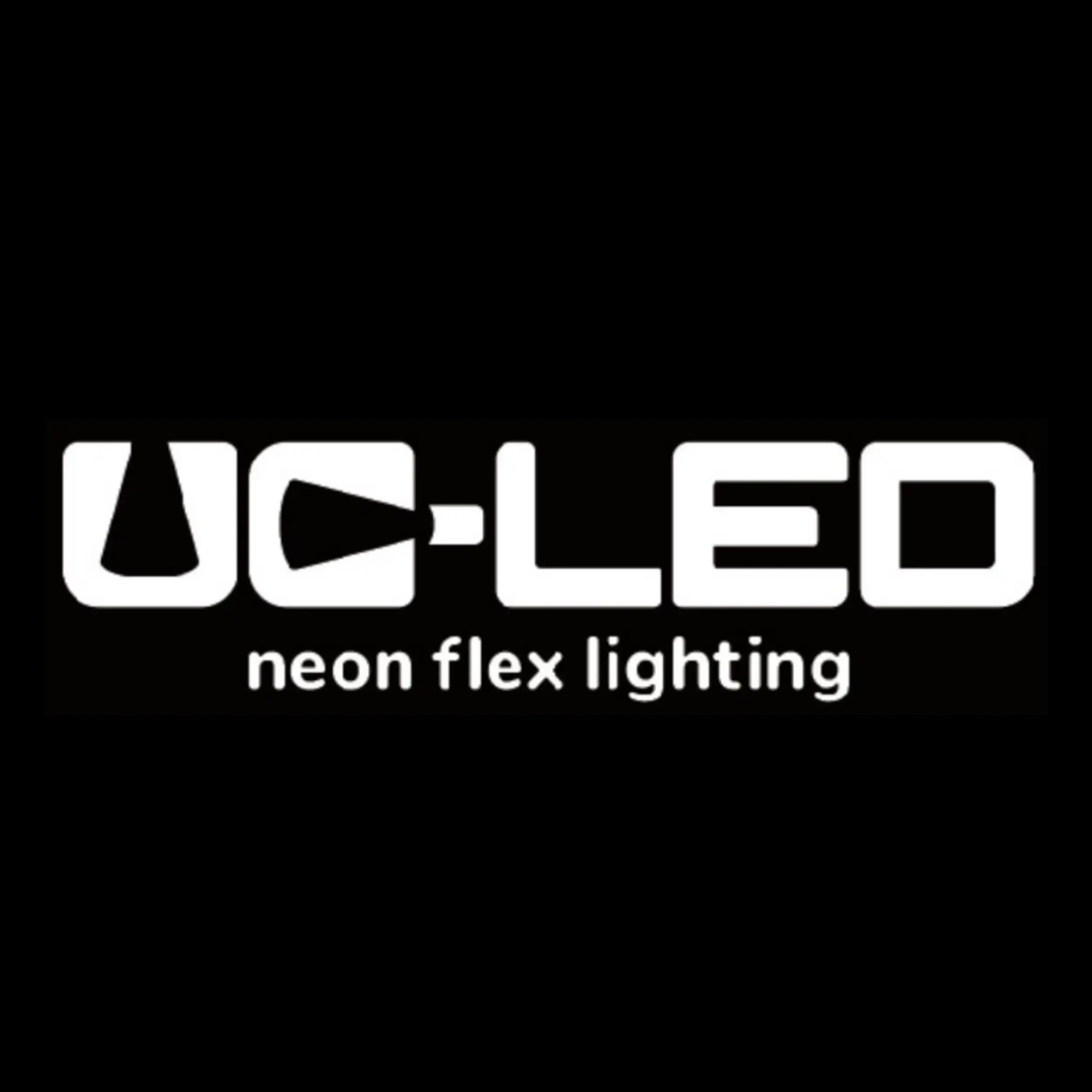
Looking for high-quality LED flexible strips? Click for a free quote in 24 hours!

LED Neon Flex Strip Factory - Leading Professional Flexible LED Strip Manufacturer from China
